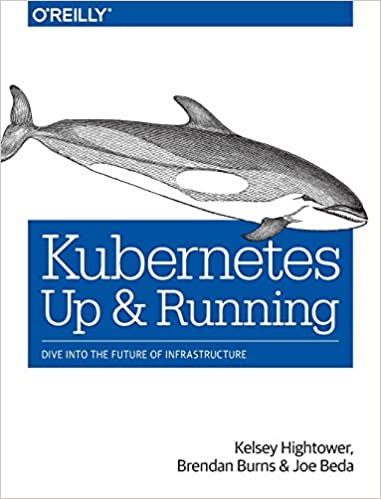Pages with tag Vue.js
- A file-system browser component for Electron/Vue.js applications
- Add/remove list items in Vue.js built with Bulma/Buefy
- Getting started with Vue.js application development
- Nuxt.js overview, running Vue.js on the server to pre-render on the server
- Quickly start a new Electron and Vue.js application project,
- Rudimentary form validation in Vue.js with Buefy/Bulma
- Showing a tree structure, like a file-system, in Vue.js








